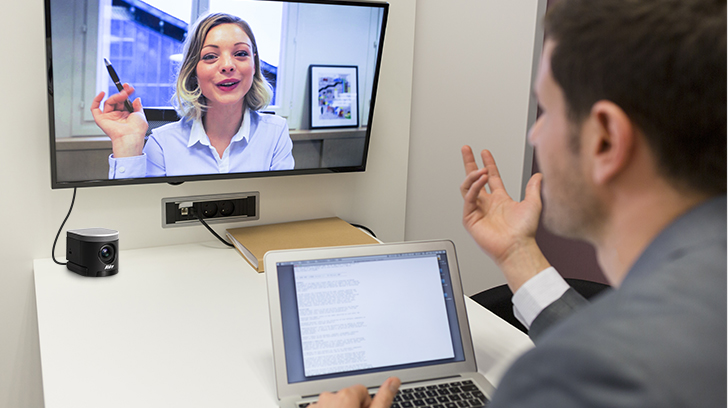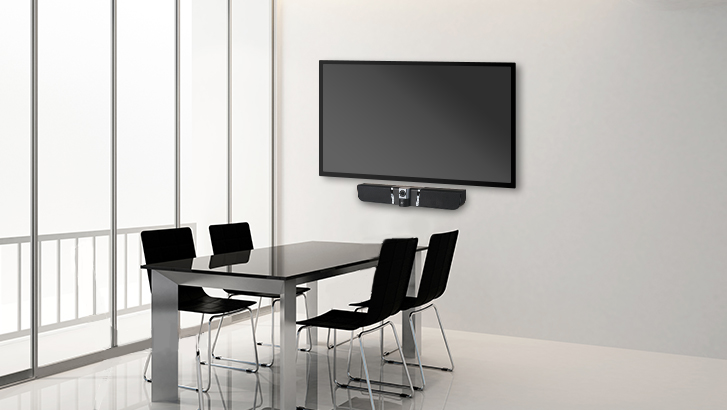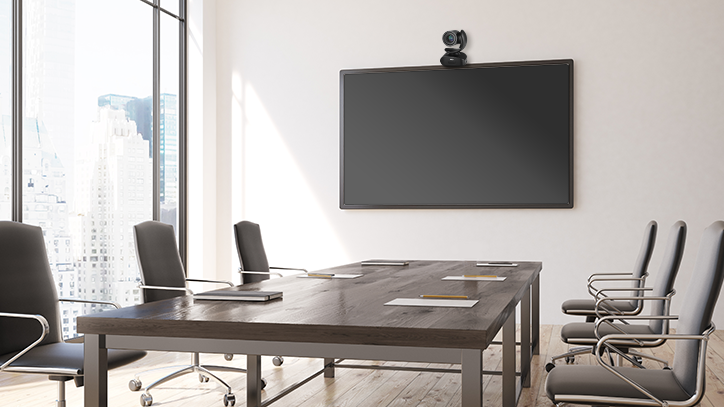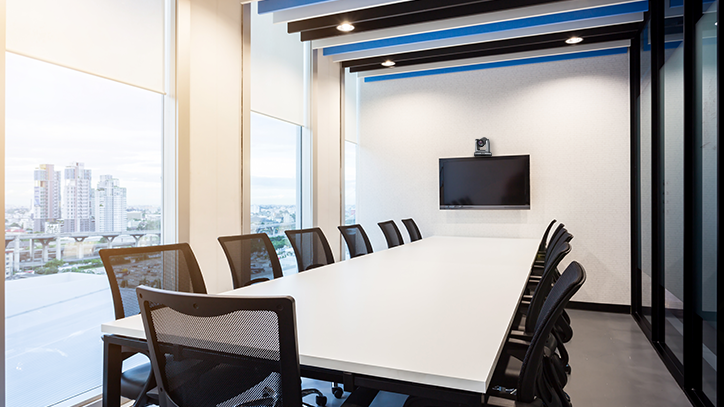Every day in the U.S. 11 million meetings are taking place. As employees we normally average about 5 hours a week in meetings and 4 hours just preparing for them. Whether you like them or not meetings play an important role in the daily operations of organizations and the overall success of a company.
Today, we won’t be looking at if you are having successful meetings. Maybe we’ll do that next time. These next 5 articles are going to be looking at the top 5 Do’s you should have at the forefront of your mind when you are creating your new meeting room.
As we spend so much of our professional lives in meetings we must remember that the design and features in these rooms can have a direct impact on our performance and creativity. Providing employees or potential customers a great meeting space with all the tools needed can be the difference between a successful, productive meeting and one that leaves you thinking “well that was a waste of time”.
So let’s start with Part 1 of the 5 Do’s to ponder over when you decide to invest in your next meeting room.

Always Keep Your Audience First In Mind
When undertaking the enviable task of building your new room one of the most critical things to remember is “who are you building this room for”, because not all meeting rooms are created equal.
You first need to decide what type of meeting room will this be and how will it best enhance the users’ ability to succeed. There are in general 4 different meeting room styles and each one plays a different role in an organization as to how it is best used.
So let us begin with choosing your room and which one is best for your situation.
Focus Rooms

Focus rooms are the smallest in traditional meeting room designs. These rooms are big enough for one person and are used for private interactions like phone conversations, one-on-one discussions, or conferencing calls.
In focus rooms you want to be concerned with how much technical equipment you assign to this type of meeting room. Remember it is just 1 person using it. You don't want them to have to call the IT department every time they want to make a call. Keep your design simple and use equipment that is best suited for providing a user-friendly experience. Something like a portable USB camera with support for 3rd party conferencing software might be an optimal choice.
Huddle Rooms

The next step up is a huddle room. Huddle rooms are for groups of 3 to 4 people and provide a creative space for brainstorming, video conferencing, or creative activities.
Here at AVer we have written at length as to why employees love these types of rooms (you can find out why you should already be using them here). Suffice it to say these rooms are popular for the privacy it affords groups to discuss new ideas without the concerns they may have when speaking up at a larger sized more formal meeting room. They also work as great incubators for new ideas since team members are free to share ideas.
Meeting Rooms

Further up the chain you have your standard meeting rooms. Small and medium sized meeting rooms are normally a more formal affair and are places where the larger team meetings or business discussions with clients occur.
For these meeting rooms it is probably a good idea to keep your branding in mind when designing, but it must be stated that it can be particularly important in these types of rooms as they will potentially be hosting your guests and customers.
You want users to identify with your company when they are in these rooms and have a basic understanding of your culture. Not only does this help potential customers, but it can also help build pride in your employees who are using them.
Conference Rooms

Finally, we have large conference rooms. Used for the largest of meetings and are most often associated with client presentations or company-wide meetings. This is where you want to flex your branding muscles. Make sure that anyone who enters your conference room knows it is yours.
As for your technology equipment, make sure you have powerful VC equipment that is capable of multipoint conferencing so teams from around the world can connect to the same meetings. Also, consider PTZ or tracking cameras so that any presentation can be recorded and shared with anyone who wasn't able to attend.
Remember
Your meeting room needs to match the needs of the people who will be using it.
Each one of these styles plays a different role in your teams journey to success, so before you even lift a finger to start picking out a fancy table make sure you have nailed down the rooms purpose and why it is the right room for the job.